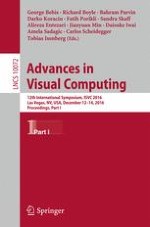2016 | OriginalPaper | Buchkapitel
Extraction of Vascular Intensity Directional Derivative on Computed Tomography Angiography
verfasst von : Elijah Agbayani, Baixue Jia, Graham Woolf, David Liebeskind, Fabien Scalzo
Erschienen in: Advances in Visual Computing
Aktivieren Sie unsere intelligente Suche, um passende Fachinhalte oder Patente zu finden.
Wählen Sie Textabschnitte aus um mit Künstlicher Intelligenz passenden Patente zu finden. powered by
Markieren Sie Textabschnitte, um KI-gestützt weitere passende Inhalte zu finden. powered by
